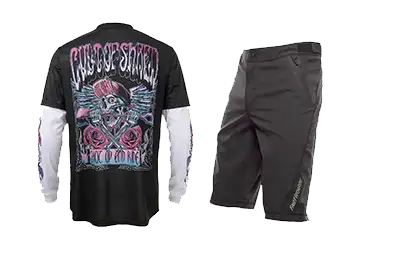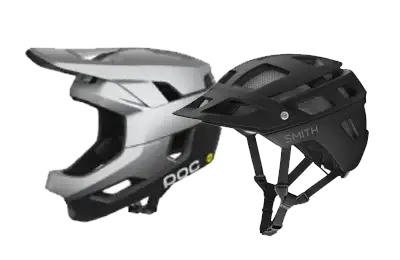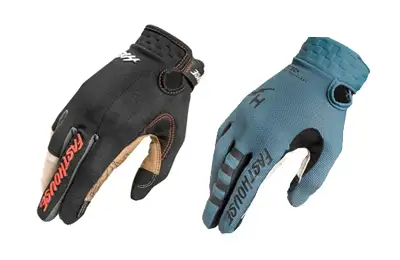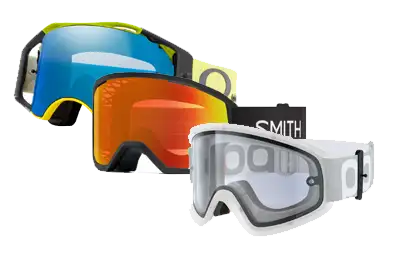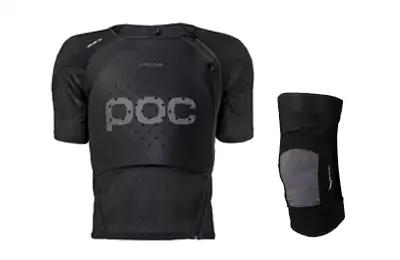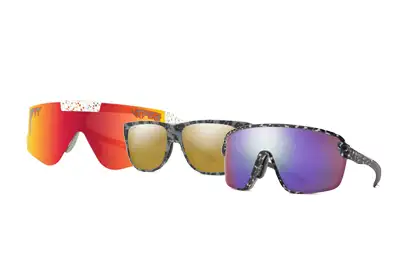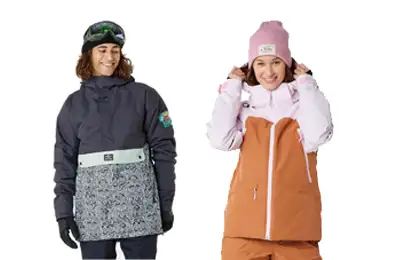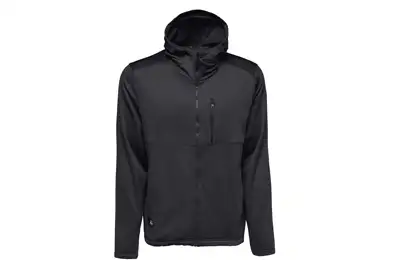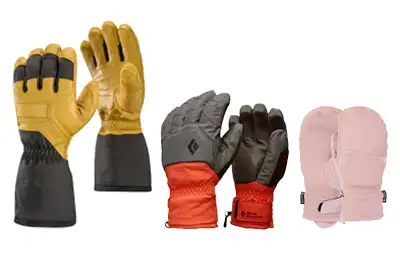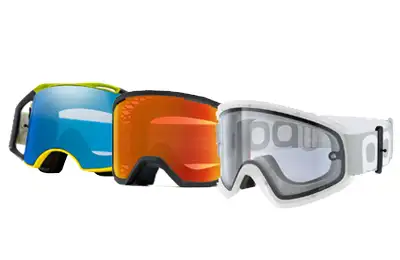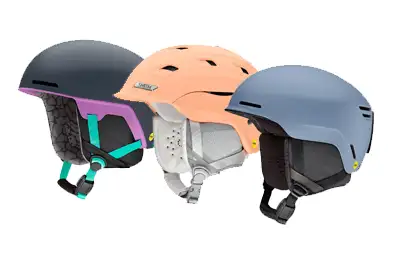Layering isn’t particular to any part of the winter season. In fact, it’s crucial at all points, early winter, deep winter, and spring. This is because you’re dealing with temperature changes as long as your doing an activity. A basic layering system features three key pieces: a base layer, a mid layer and an outer layer. The base layer is worn closest to your skin. It should have a snug fit and be made of fabric that wicks perspiration away from your body. The next layer is the mid layer. This layer is your insulation And lastly, the outer layer protects against the elements like wind, rain and snow. With this information and what’s below, you should be able to layer like a pro!
Materials:
One of the most important components of your layers is the material that they are made of. The material is the technology behind what will keep you cool or warm, wet or dry.
Base Layer:
Merino wool has one of the best warmth ranges of any fabric. It works by trapping air in tiny pockets, which warms up fast from body heat.
Body-mapped base layers use a construction that places different weights of fabric across the garment. Heavier materials go where you require more insulation, like your torso, while lighter materials go where you sweat, like your back and underarms.
Synthetic fleece is usually made of polyester. It’s highly breathable and dries fast.
Mid-Layer:
Down comes from a bird’s body and is the fluffy stuff under the feathers. It’s incredible for warmth as it creates tons of pockets of air.
Synthetic insulation is composed of man-made threads that are spin to create pockets of air, mimicking down. It’s not down but it has its own benefits such as being warm when wet, drying quickly and comes at a fraction of the price.
Outer Layer:
Waterproof/breathable shells (like GORE-TEX) often use a three-layer model: The interior liner wicks sweat off your skin through a membrane, and the face fabric repels moisture.
Performance waterproof/breathable shells let sweat escape and repel moisture.
Exercise Type:
How you layer also depends on what kind of exercising you’re doing. If you’re riding resort and will be spending time on the chair lift, you’ll probably want a warmer mid-layer. While those that are touring might pay more attention to their base layer and the material it is made of to ensure it’s properly wicking away sweat.
Types Of Layers:
Here are a few varieties of layers to help you start planning.
Base: Mid-weight polyester long underwear top and bottom.
Mid-Layer: Down insulated jackets or polyester insulated jackets.
Outer Layer: Performance shells and waterproof shells.
Layering is an art form and can take a few tries to get perfect. Come by McCoo’s and we’ll help you get outfitted so that you don’t have to leave anything to trial and error.

